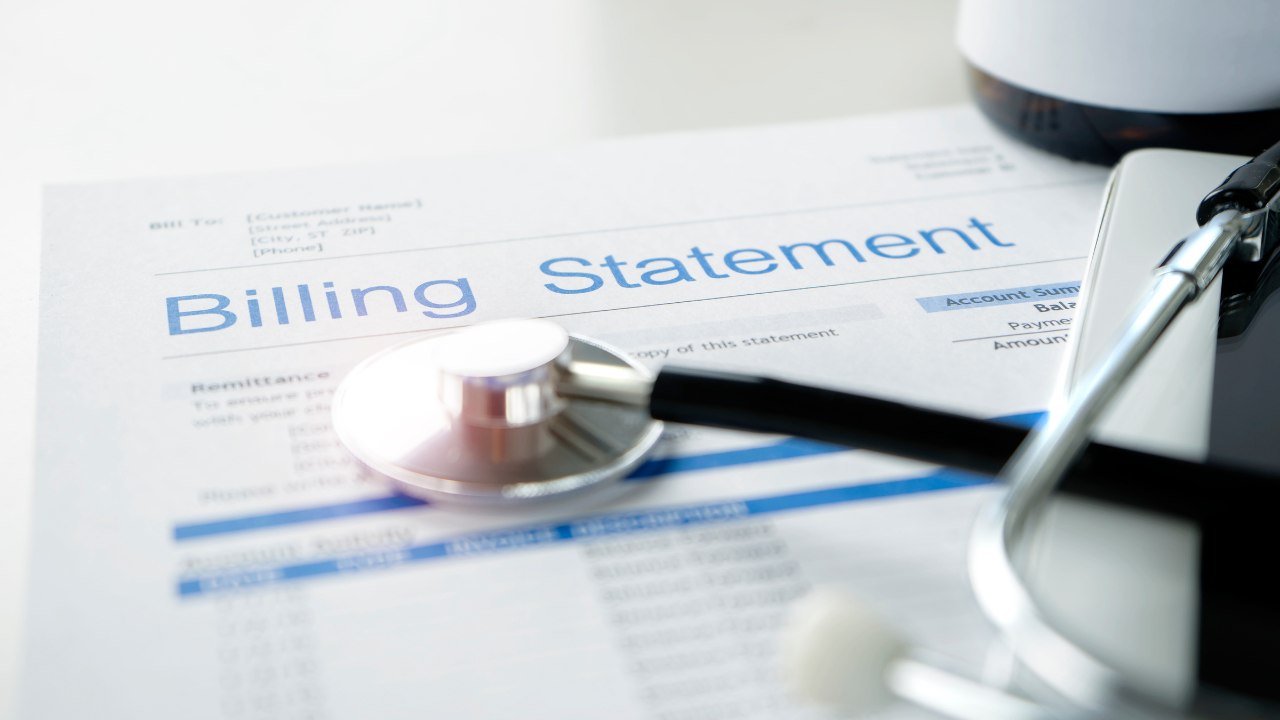Medical Debts in America: Collections, Aggressive Tactics, and Consequences
The growing issue of medical debt has caused stakeholders to reevaluate tactics as the cost of pharmaceutical healthcare continues to rise.

In modern times, hospitals have continuously employed aggressive tactics to collect debts from patients, especially those in low-income situations. A recent study published by The New England Journal of Medicine (NEJM) notes that these tactics include wage garnishments, selling debts to third party buyers, reporting of delinquent debts to credit bureaus, lawsuits, seizures of bank accounts, property liens, foreclosures, refusals of care, and even arrests. Politicians on both sides of the spectrum have criticized these tactics, citing the lack of charity care. Since the 1980s, hospitals have shifted away from this in favor of incessant debt collection tactics, according to the investigators.1
In a recent episode of the An Arm and a Leg podcast, Luke Messac, MD, PhD, discussed his experience in this area. In 2019, Messac was a medical resident who heard about hospitals suing their patients over their medical debt, later discovering that the hospitals he was working with were doing the same exact thing. Recently, he published a book based on research into the practice, titled Your Money or Your Life.2
"The care I was delivering to patients was resulting in them showing up in court, or having their wages garnished, or signing up for a payment plan that they would be paying for the better part of a decade," explained Messac. “So that was really the source of my shame.”2
Dating back centuries, American physicians have complained about their inability to collect debts from patients. In the 19th century, hospitals in urban areas were mainly funded by donations and built with large, open wards to be filled with charity patients. However, patients had to apply for admission, and only those deemed to be sufficiently worthy were allowed in. As time has gone on, private hospitals began popping up and refused medical care to patients who couldn’t pay. Towards the middle of the 20th century, patients started to have a level of protection against from debt, with early insurance providers not requiring payment at the point of care.1
As previously mentioned, things began taking a turn the 80s. Inflation-adjusted rates for Medicaid began to see cuts, and Medicare moved from reimbursing all costs they considered reasonable to payments based on diagnosis, leaving hospitals with less money as a result. By the 1990s, hospitals began to move at a quicker rate to recover money owed, with one hospital even giving out bonuses to staff members that received collections that surpassed targets.1
According to a study first published in The Journal of the American Medical Association in 2021, Americans are saddled with at least $140 billion in outstanding medical debt, with more than 100 million US citizens having bills that are past due.3,4
Legal scholars argue that ending these practices goes beyond criticizing the actions and behaviors across the US healthcare system and should instead focus on finding solutions. The authors of the study published by NEJM suggest that providing universal first-dollar insurance coverage would put the United States on par with other industrialized countries, where out-of-pocket payments are minimal or nonexistent and where substantial medical debts are nearly unheard of. Furthermore, in the meantime, the study suggests that the most vulnerable low-income patients can be better protected with the use of “presumptive eligibility” screening software that uses consumer data to identify those who are likely to be eligible for financial assistance so that hospitals can offer this aid without ever sending a bill or requiring an application.1
References
1. Debt Collection in American Medicine — A History. The New England Journal of Medicine. Accessed November 10, 2023.
2. “Your Money or Your Life”: Dr. Luke Messac’s book on the history of medical debt. An Arm and a Leg. November 2, 2023. Accessed November 10, 2023. https://armandalegshow.com/episode/luke-messac/
3.Should you use your home to pay medical bills? Yahoo! Finance. November 9, 2023. Accessed November 10, 2023. https://finance.yahoo.com/news/using-heloc-medical-expenses-145028593.html
4. Medical Debt in the US, 2009-2020. Jama Network. July 20, 2021. Accessed November 10, 2023. https://jamanetwork.com/journals/jama/fullarticle/2782187?mf_ct_campaign=yahoo-synd-feed&utm_content=syndication
Trump: 'Major Tariff' on Pharmaceuticals Coming Soon
Published: April 9th 2025 | Updated: April 9th 2025“We’re going to tariff our pharmaceuticals, and once we do that, they are going to come rushing back into our country," President Donald J. Trump said during a Tuesday night dinner in Washington.
The Misinformation Maze: Navigating Public Health in the Digital Age
March 11th 2025Jennifer Butler, chief commercial officer of Pleio, discusses misinformation's threat to public health, where patients are turning for trustworthy health information, the industry's pivot to peer-to-patient strategies to educate patients, and more.